NATO’s facing a growing dilemma as Russian drones and missiles increasingly violate member states’ airspace. This info comes from a recent report by Radio Free Europe/Radio Liberty, highlighting the alliance’s struggle to respond effectively without escalating the conflict.
Airspace Violations Becoming More Common
The frequency of these incursions is on the rise:
- Romania recently detected a Russian military drone in its airspace and found drone debris near Periprava village, close to the Ukrainian border
- Latvia reported a Russian drone from Belarus crashed in Rezekne municipality
- Since Russia‘s full-scale invasion of Ukraine in February 2022, Poland, Bulgaria, and Croatia have also experienced similar incidents
These violations are particularly concerning for Romania, which shares a 650-kilometer (404-mile) border with Ukraine and has territory just a few hundred meters from Ukrainian Danube River ports – frequent targets of Russian attacks.
Scale of Russian Attacks on Ukraine
To put things in perspective, Ukraine’s been hit way harder:
- An estimated 15,000 Russian air or drone strikes since the 2022 invasion began
- Attack frequency’s ramped up significantly since mid-2023
- At least $155 billion in damage to civilian infrastructure, according to the Kyiv School of Economics
- Thousands of Ukrainian civilians killed, cities destroyed, millions displaced
Calls for Stronger NATO Action
Some officials and military experts are pushing for a more robust response:
- Polish Foreign Minister Radek Sikorski told the Financial Times that Poland has a “duty” to shoot down Russian missiles over Ukraine
- Ben Hodges, retired U.S. lieutenant general and former commander of U.S. Army forces in Europe, argued: “Russia has been pressing us in so many places, increasingly confident that we won’t actually do anything. It’s well past time to take more active steps to help Ukraine win as well as to protect innocent people.”
- Alexander Crowther, retired U.S. Army colonel and senior research fellow at CEPA, stated: “All Countries have the absolute right for self-defense and control of their air, land, and sea space. China and Russia routinely violate those spaces. States have the right under international law to shoot down unidentified craft in their airspace.”
NATO’s Current Stance
Despite these calls, NATO’s holding its ground:
“Since Russia’s full-scale invasion of Ukraine, Russian drone fragments and missiles have been found on Allied territory on several occasions. These acts are irresponsible and potentially dangerous,” a NATO official told RFE/RL. “While we recognize the right of every ally to protect its own airspace, what individual Allies do in support of Ukraine can also matter for NATO as a whole. Allies will continue to consult on further steps to protect and defend Allied territory. What is clear is that NATO will not become a party to the conflict.”
Proposed Solutions and Challenges
Some analysts have suggested creative approaches:
- Fredrik Wesslau, former Swedish diplomat, proposed deploying NATO ground and air assets (like Patriot systems and F-16s) to Poland, Slovakia, and Romania to intercept threats over both NATO and Ukrainian airspace
- This idea faces logistical hurdles, as William Taylor, former U.S. ambassador to NATO, pointed out: “If you’re going to engage targets over Ukrainian airspace, there needs to be some kind of coordination mechanism so that Ukrainian weapons don’t conflict with NATO weapons and the identification of Russian missiles is clear to all sides.”
The Bigger Picture
This situation’s part of a larger debate about how far Western allies should go in supporting Ukraine:
- There’s ongoing discussion about allowing Ukraine to use Western-supplied missiles for strikes deeper inside Russia
- The U.S. has shown willingness to take similar action elsewhere, like defending shipping in the Red Sea against Houthi missiles
- Ukrainian President Volodymyr Zelenskiy has drawn parallels between the threats faced by Ukraine and those in the Middle East
DroneXL’s Take
The increasing frequency of Russian drone incursions into NATO airspace highlights the complex challenges posed by evolving Drone Technology in modern warfare. As we’ve reported in our drone technology coverage, rapid advancements in drone capabilities are forcing a reevaluation of military strategies and defense policies worldwide.
This situation underscores the urgent need for more sophisticated counter-drone systems and clearer international protocols for responding to unmanned aerial threats. As the Drone Industry continues to innovate, it’s crucial that defense strategies evolve in tandem to address these new challenges effectively.
The debate within NATO reflects a broader dilemma: how to support allies and deter aggression without risking a wider conflict. As drone technology continues to advance, finding this balance will only become more critical.
What’s your take on how NATO should handle these Russian drone incursions? Should they take a more aggressive stance, or maintain their current approach? Share your thoughts in the comments below.
Discover more from DroneXL
Subscribe to get the latest posts sent to your email.

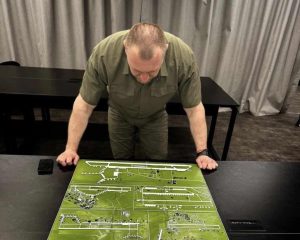
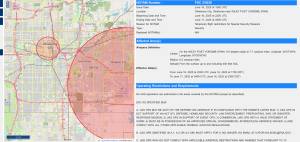
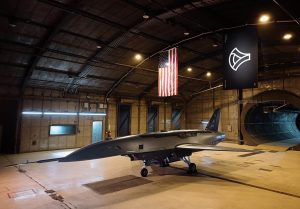


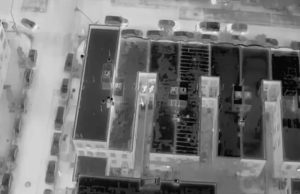

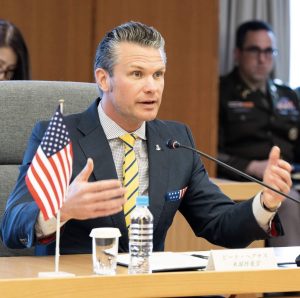
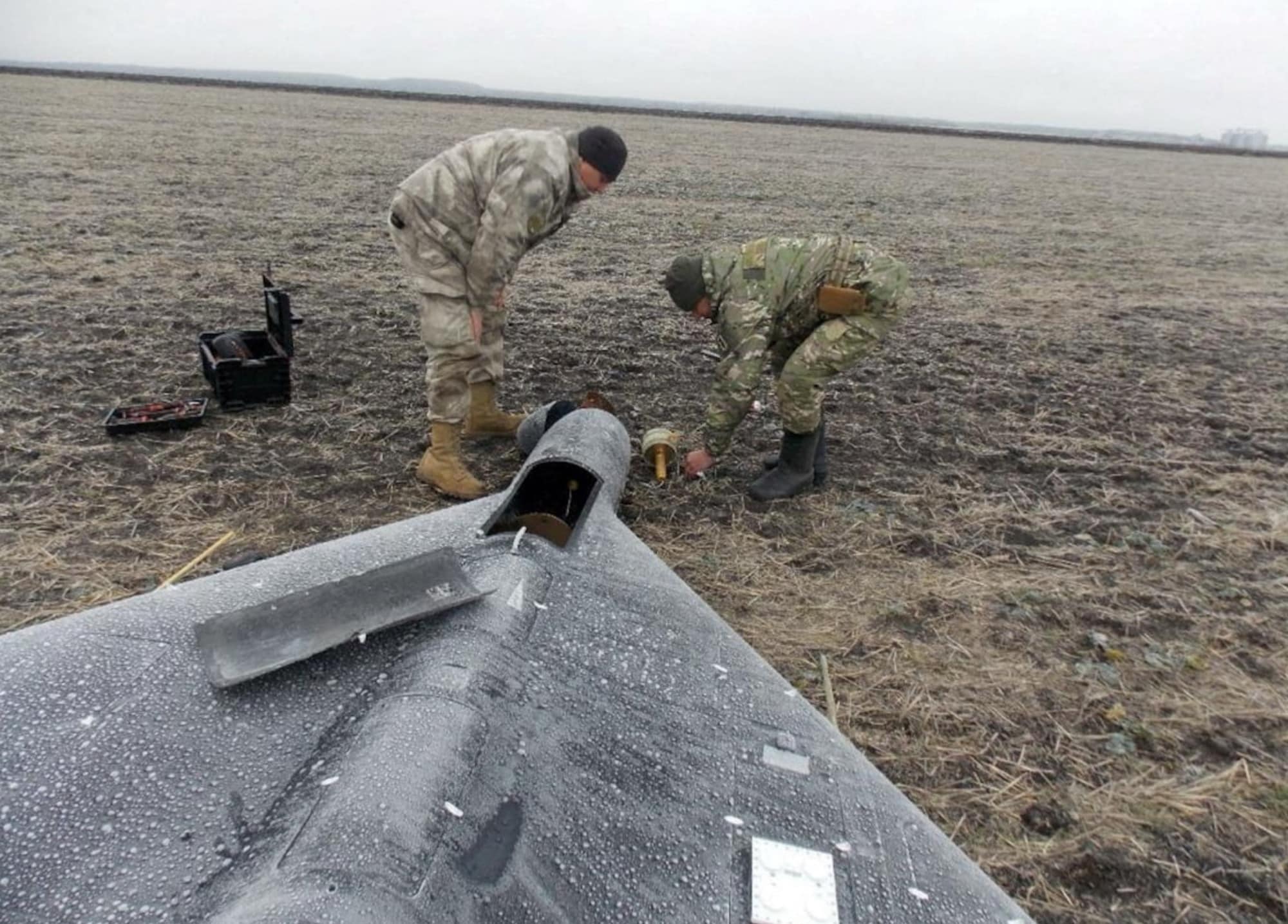

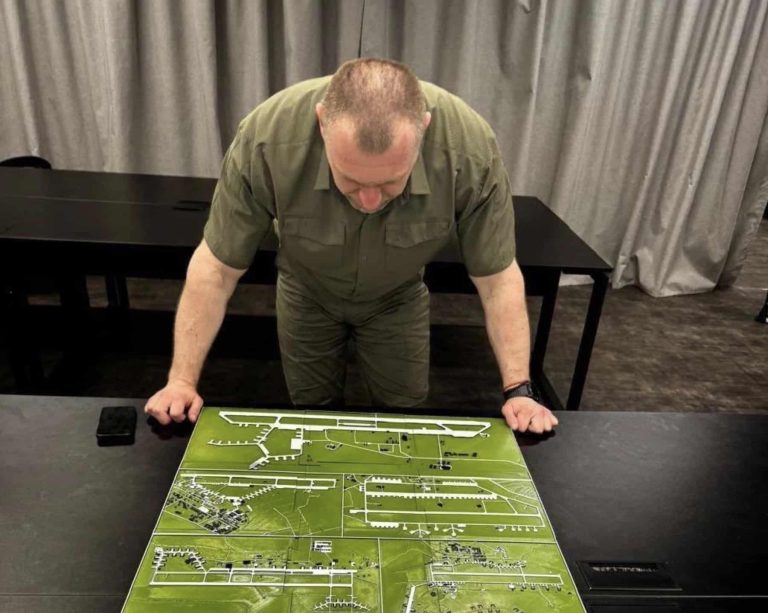
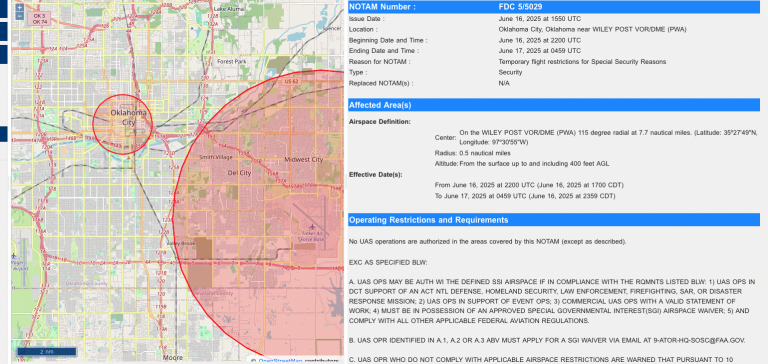


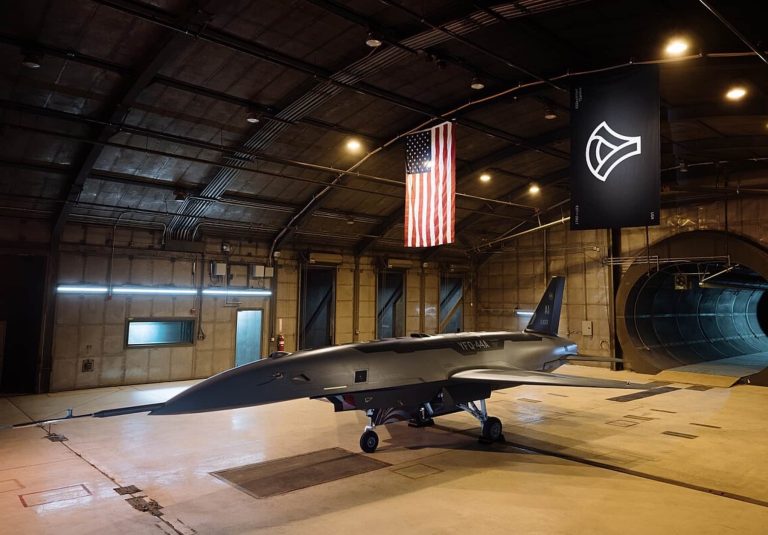
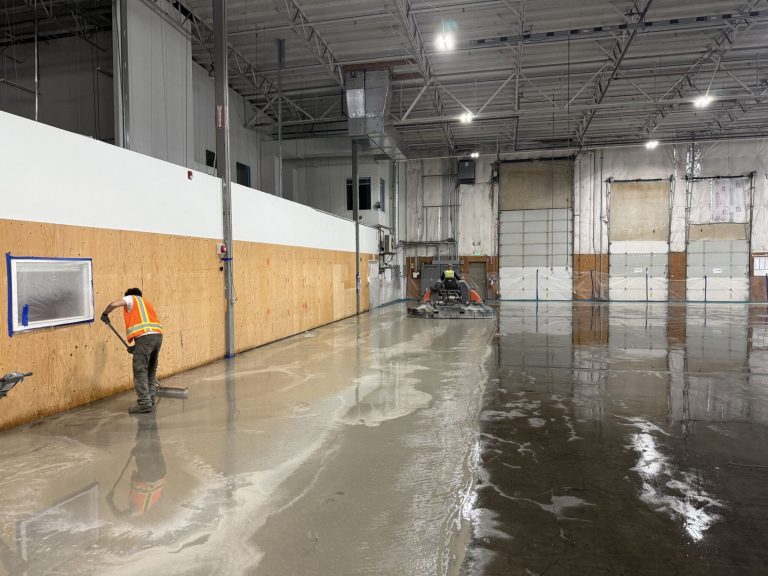
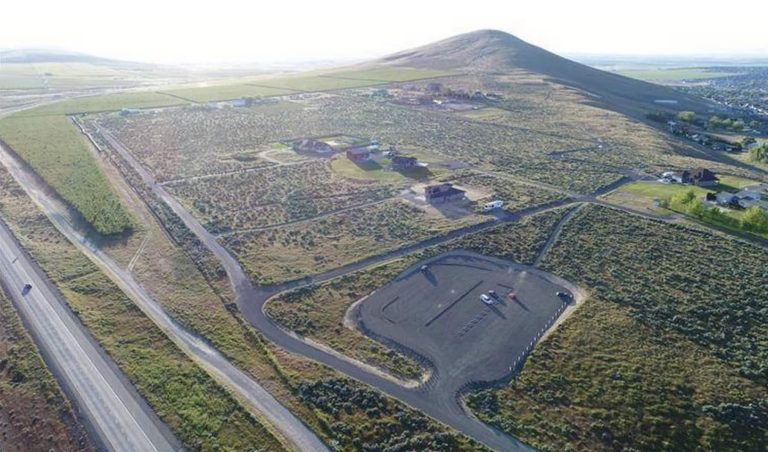


+ There are no comments
Add yours